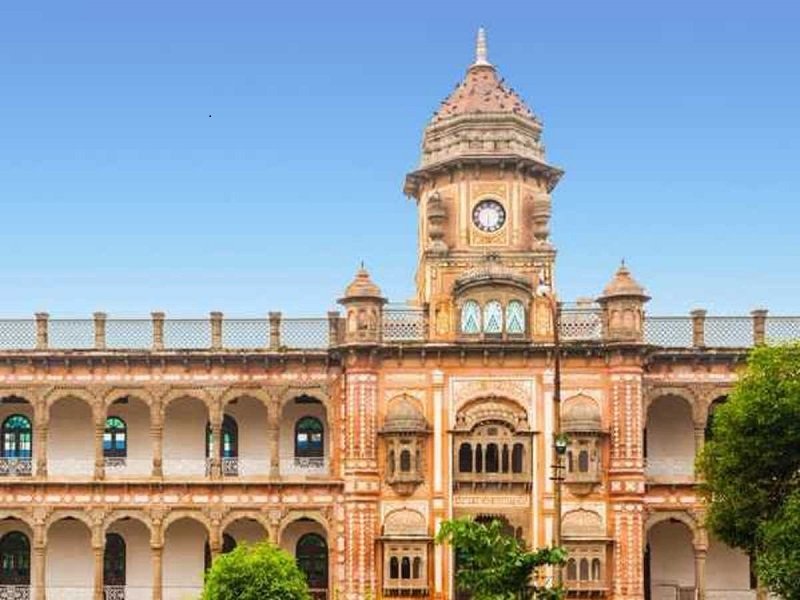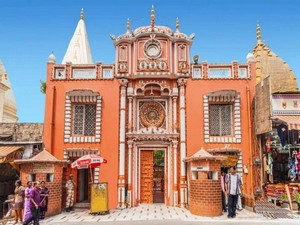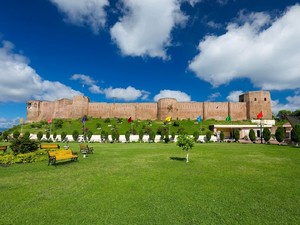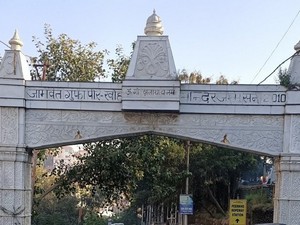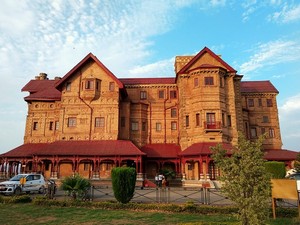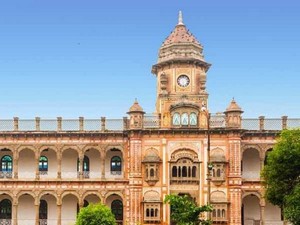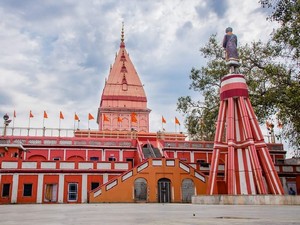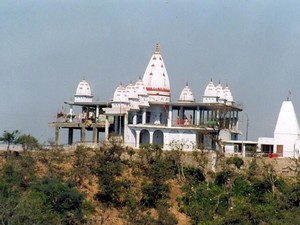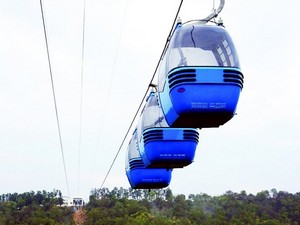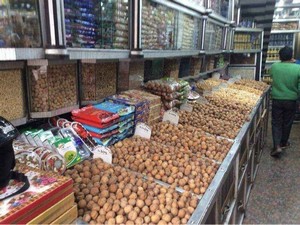Mubarak Mandi Palace, Jammu - Timings, History, Architecture, Best Time to Visit
 #7 of 17 Places to Visit in Jammu
#7 of 17 Places to Visit in Jammu
 Distance (From Jammu Tawi): 6 Kms
Distance (From Jammu Tawi): 6 Kms
 Trip Duration (Including Travel): 1-2 Hours
Trip Duration (Including Travel): 1-2 Hours
 Transportation Options: Cab / Auto
Transportation Options: Cab / Auto
 Travel Tips: None
Travel Tips: None
At a distance of 6 km from Jammu Railway Station, Mubarak Mandi is a heritage palace situated in the heart of the walled city of Jammu. Overlooks the Tawi River, it is one of the famous places of heritage in the Union Territory of Jammu & Kashmir, and among the must-visit tourist places in Jammu.
Mubarak Mandi Palace complex was built by Raja Dhruv Dev (1707-1733) of Jammu. Maharaja Gulab Singh ( 1792-1856) added three mansions on the northeastern side of this complex. Maharaja Ranbir Singh (1856-1885) built his palace and a palace for his Queens on the northeastern side. He got Gol Ghar completed apart from building Sheesh Mahal, and three palaces for his three sons Partap Singh, Amar Singh, and Ram Singh. He constructed many official buildings with large halls and galleries for administration and public events. Thereafter, Maharaja Partap Singh built a palace for his queen Maharani Charaki on the eastern side. Maharaja Partap Singh also ordered extensive renovations of Pink Hall, Green Hall, and the Central Pavilion.
Mubarak Mandi Palace was the royal residence of the Kings of the Dogra dynasty who ruled Jammu & Kashmir till 1925 when Maharaja Hari Singh moved to the Hari Niwas Palace in the northern part of Jammu. This palace is believed to be more than 150 years old. It stands tall with the history of Jammu being spilled from each nook and corner of the palace. Many parts of the palace are in ruins as the palace has more than 36 times been the victim of fires. Furthermore, the building suffered from earthquakes in the 1980s and 2005.
The architecture of the palace is an elaborate blend of Rajasthani, Mughal, and European styles. The whole complex is very vast and comprises many palaces, other buildings, and also courtyards. The palace has different sections such as Darbar Hall, Pink Hall, Gol Ghar, Rani Charak Palace, Hawa Mahal, Toshakhana Palace, Sheesh Mahal, etc. Just as the name suggests, Sheesh Mahal has been made entirely of glass. Gol Ghar is a circular building and a part of it has been damaged during the earthquake in 2005 but still retains its former grandeur.
A part of the palace, known as the Pink Hall, has now been converted into a museum called the Government Dogra Art Museum. The specialties of this museum are the miniature paintings belonging to the Kangra, Jammu, and Basholi art schools. There are contributions from art schools like Kangra and Kashmir too. The most prized possession is the golden bow and arrow believed to have belonged to Mughal emperor Shah Jahan. Numerous manuscripts have been preserved here including a few Persian manuscripts believed to be a part of Sikandernama and Shahnama. The collection also has sculptures, costumes, jewellery, an armory, etc. belonging to the Dogra dynasty.
Toshakhana Palace is believed to be the treasure house of the Dogra dynasty when they ruled. Naya Mahal, Hawa Mahal, and Rani Charak Palace are situated in the same complex and were built by different kings for their queens and themselves to show their uniqueness. The halls and galleries of the palace were used for official functions and ceremonies. Nowadays, the sections of the palace house government offices, and courts.
Timings: 10.30 AM - 4.30 PM, Closed on Mondays
Museum Entry: Rs. 20 per Person



